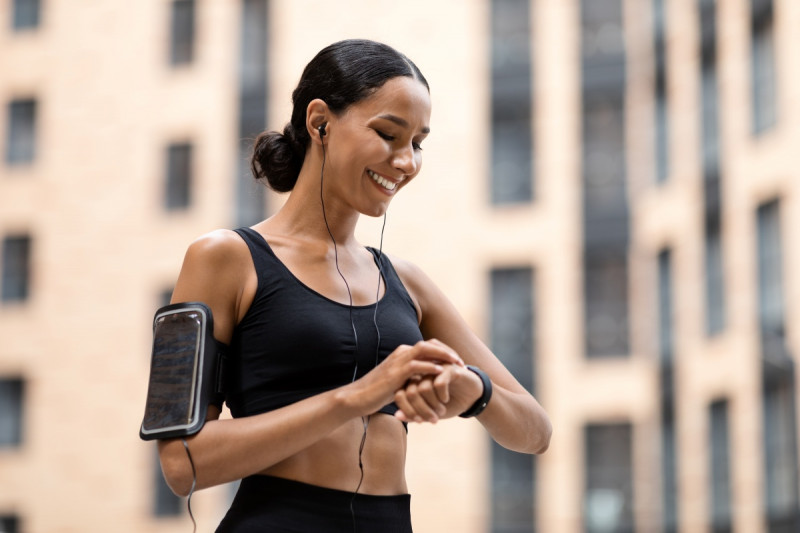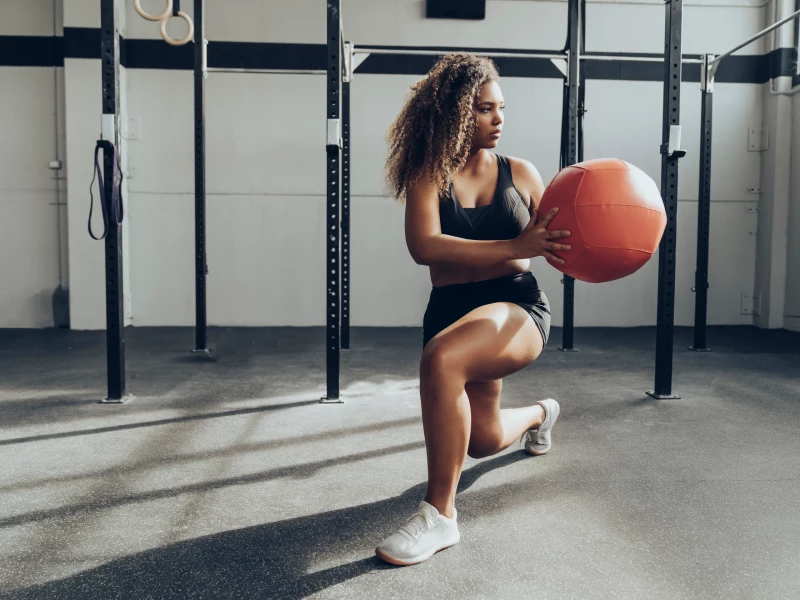
If you’re just starting your weight loss journey, you’re probably wondering – how many calories should I burn in a workout? Well, we will tell you this; everyone is different and many factors come into play when determining the number of calories each person burns in a single workout.
A good way to work these figures out would be to consult a professional like a dietitian or nutritionist. But don’t worry if you can’t access one, as this article answers your question for you and shares some of the best strategies for estimating and tracking calories burned in your workouts so you can attain your goal weight. Read on!
How Many Calories Should I Burn In A Workout To Lose Weight?
If you’re working out purposely to lose weight, then you need to put into consideration not just how many calories you burn but also how many you consume. Ideally, what you burn should be more than what you consume.
However, it is important to note that different people will lose different amounts of calories in a single workout. Factors such as weight, age, gender, fitness level, the intensity of the workout, body composition, etc., all play a huge role in determining how much body fat you’ll burn in your workouts. But if you know how much weight you want to lose within a given period, you may be able to calculate the number of calories you should lose in a workout.
Let’s say you want to lose 1 pound a week, working out 5 days, for instance. In this case, you will need to burn 3,500 calories to achieve your goals. How you split that up to balance your workout and calorie intake is totally up to you. But as a general rule, you should aim to burn about 2,000 calories by working out, then cutting out the remainder from your diet.
So basically, you will need to burn about 400 pounds in your workout every day and trim 214 calories from your meals daily to lose 1 pound every week. Of course, these numbers will go higher if you plan on losing more than a pound.
How To Track Calories During Workout?

Keeping track of your calorie burn is essential, as it helps you figure out how much energy you need after an exercise, how much body weight you have lost so far, and how many calories you should cut out from your diet.
An activity tracker can help you estimate the average calories burned during a workout. Basically, all you need to do is select the activity you performed, then enter its duration and your total body weight, and the calculator will show you how much energy your body has used during that specific activity.
Note, however, that the figure you get will just be an approximation. Most fitness trackers use an inbuilt, standardized formula called Metabolic Equivalent of Task (MET) that calculates the number of calories burned based on your activity, duration, and current weight.
While the constant formula allows you to compare various activities to each other and see which ones burn the most calories, the results may not be 100% accurate. Why? As we mentioned, several factors determine how many calories you lose in each workout, meaning, just keying in your weight and activity details doesn’t really cut it.
If you really want the exact number of your calorie expenditure, go to the lab and have it calculated for you. Labs have the equipment to measure other variables like maximum heart rate and maximum oxygen uptake, which can help you get more accurate results. But chances are you’re not looking to go to such lengths and you probably just want to get a sense of what activities burn more calories. That means an activity tracker is still a great device. The numbers may not be completely accurate, but at least you’ll have an idea of what works and what doesn’t, and you can use that to tweak your workout plan and meet your weight loss goals.
Workout Tips For Better Results

We all go to the gym hoping to get the optimal results out of every sweat. So, here are some incredible tips from Midss that will help you maximize your workout effectiveness and burn calories quickly:
- Add weight training to your workout; it’ll help you build lean muscle mass, which will increase your basal metabolic rate and enable you to burn extra calories
- Eat slow-digesting meals before your workouts. Oatmeal, whole-wheat bread, sweet potatoes, and other slow-digesting carbs provide long-lasting energy for the workout.
- Stay hydrated to replace the liquids you lose through sweat. Not drinking enough water when burning calories lowers your exercise performance and your body’s ability to heal after the workout.
- Get enough rest after a workout to allow your body to recover and get itself ready for the next day’s physical activity.
The Bottom Line
When it comes to losing body weight, aim to burn more calories than you consume and have a specific goal you wish to achieve every week. Then use an activity tracker to keep track of your progress. Just remember that the numbers you get may not be completely accurate and you may have to consider other alternatives if you’re looking for something truly exact.
















